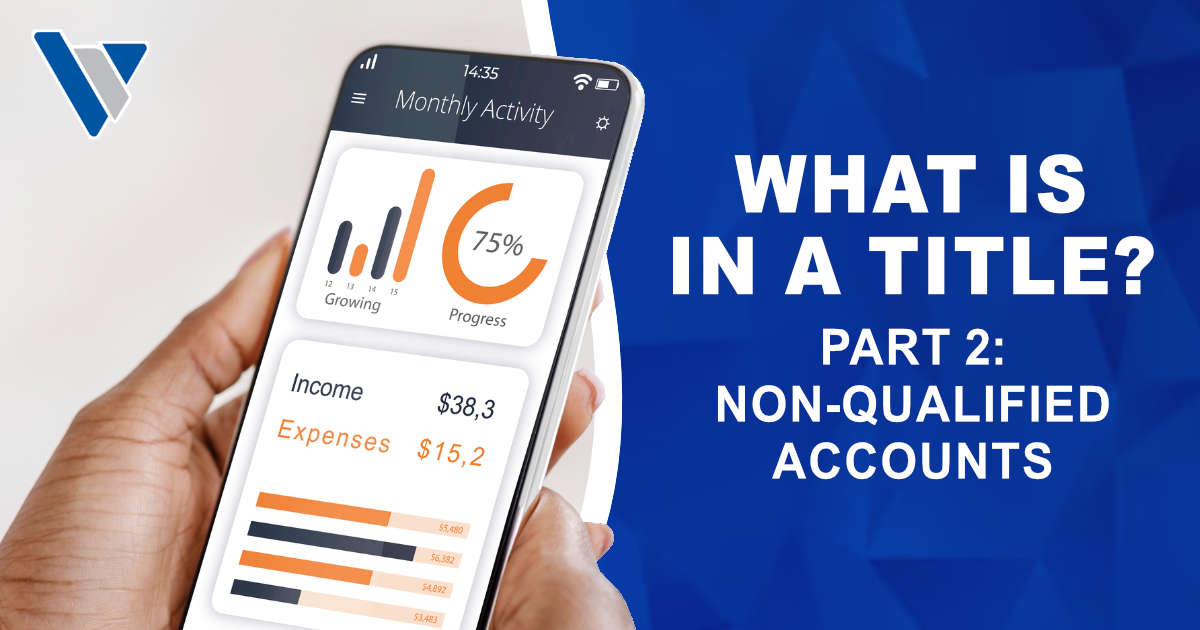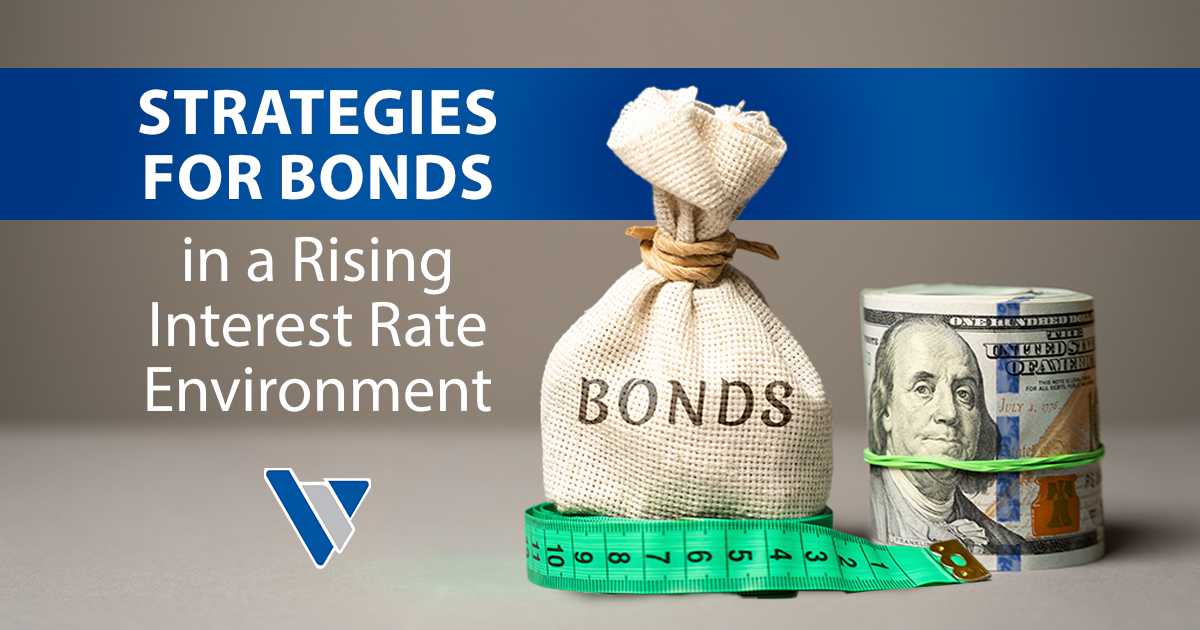In my last article, I discussed the importance of proper titles in regards to qualified accounts,...


This is the second in a three part series on the impacts of rising interest rates on fixed income investments. The first article, which focused on the basics of duration and interest rates, can be viewed by clicking the following link https://www.virtuswealth.com/news_article/102.aspx.
If interest rates are going continue to increase, what should investors do? A lot of that depends on each investor’s goals, objectives, and risk tolerance. This discussion will focus on general investing and is not a specific recommendation to any investor.
What we have seen so far is investors using more dividend paying stocks (adding portfolio risk) or staying in cash (inflation or purchasing power risk). Let me highlight again my concern with the number of investors moving significantly more in dividend paying stocks because bond yields are so low. Managing risk is so important in investing.
Back to the question of what strategies are beneficial in rising interest rate environments. One thing I firmly believe is that history repeats itself in the markets. This is why I ignore the often spoken words “this time is different” or “that strategy is dead and will not work again.”
Laddering of bonds fell out of favor over the past 20 or so years not because the strategy is flawed all the time but rather it is flawed when interest rates are falling. Laddering of bonds is basically buying different bonds at different maturity dates to protect against rising rates. For example, buying 5 bonds with the following maturities: 3, 5, 7, 10, and 15 years. As you can see, if interest rates are falling, every time a bond matures we would be replacing it with lowering yielding investments (assuming all else equal). With hindsight, we would have been better off just buying the 15 year and taking the higher yield every year for fifteen years. It is amazing how much easier investing is with hindsight.
The flip side of that is if interest rates are rising, when one bond matures you are replacing it with a higher yielding bond (again, assuming all else is equal like term, credit quality, type, etc.). It isn’t practical to think one can keep up with inflation or rising interest rates exactly. Interest rate increases are rarely linear. However, it is protection against rising rates.
There are two ways to ladder a portfolio, shortening duration by redeploying income and shortening duration by redeploying investments. Basically redeploying income is less radical and happens more over time. It means when you get income in off your current portfolio you buy shorter duration bonds. Redeploying investments is when one sells their current longer-term maturities and buys shorter-term maturities. It depends on how imminent and steep one believes the increased rates will occur on which one an investor should select.
Another strategy in a rising interest rate environment is to buy premium bonds as opposed to par or discount bonds. Historically, premium bonds tend to lose less value other like-kind bonds when interest rates are rising. Par is the value each bond is issued at and what should be expected to be paid back at maturity. Usually they come in $1,000 increments. If you buy a bond for $950, you are buying at a discount and when it matures you should expect $1,000 as long as there aren’t credit problems. That $50 you make at maturity should be factored into your yield. If you buy a bond at $1,100, when it matures you should expect $1,000 at maturity. However, your annual income should be higher. The key here is that duration, explained in the first article in this series, is higher for discount bonds. Meaning they are more volatile to rising interest rates. To summarize, if you are buying at a discount, usually your annual income is lower but you receive more than your purchase price at maturity while if you buy at a premium you receive more income but less than your purchase price at maturity. Don’t let the fact you receive less at maturity scare you because it is all part of the yield. Another way of looking at that is if interest rates are rising would you rather get more money back quicker to reinvest or less?
Above are just a few common strategies for a rising interest rate environment. We have other more sophisticated strategies for the more sophisticate investor.
The final article in this series will focus on what types of fixed income investments should be considered if you expect interest rates to rise longer-term.